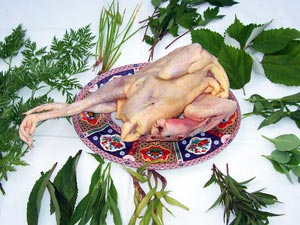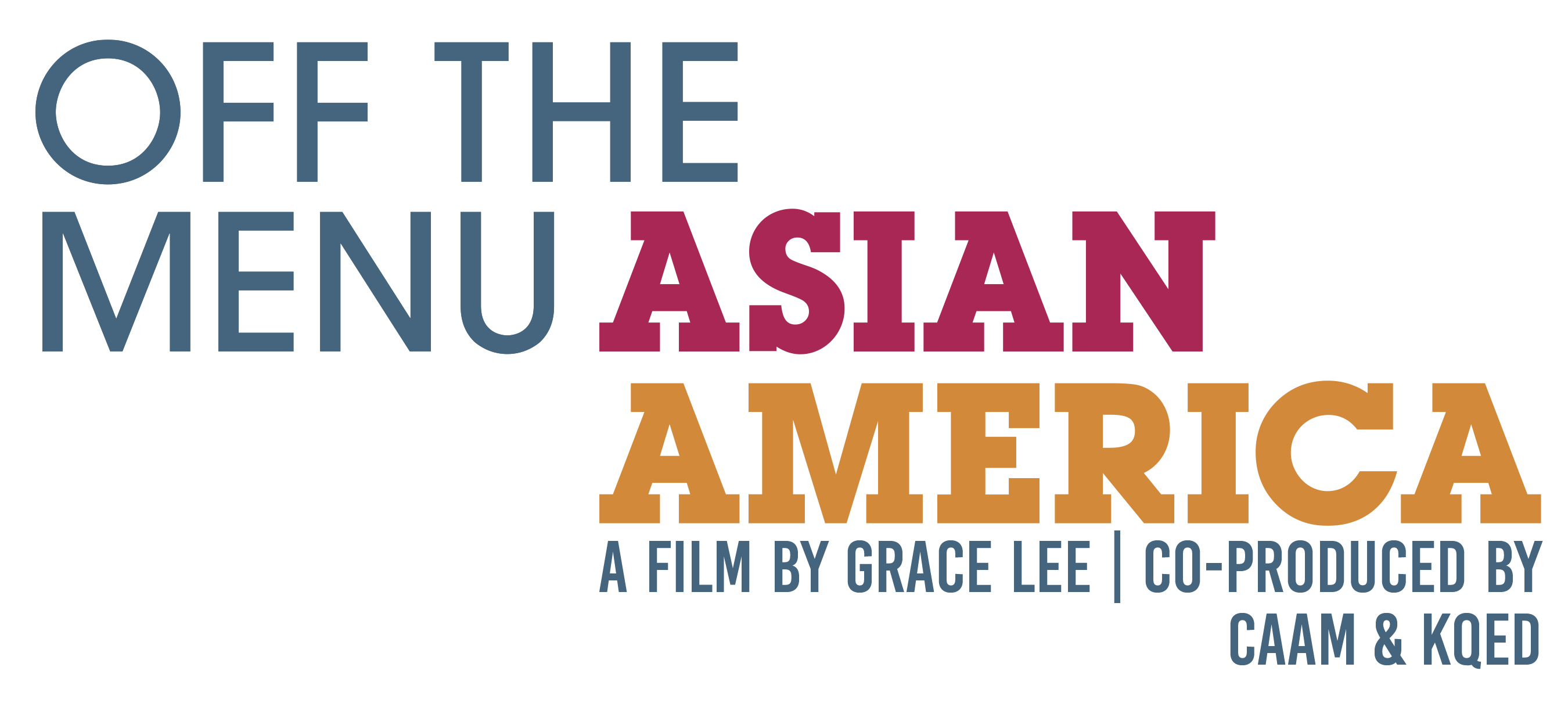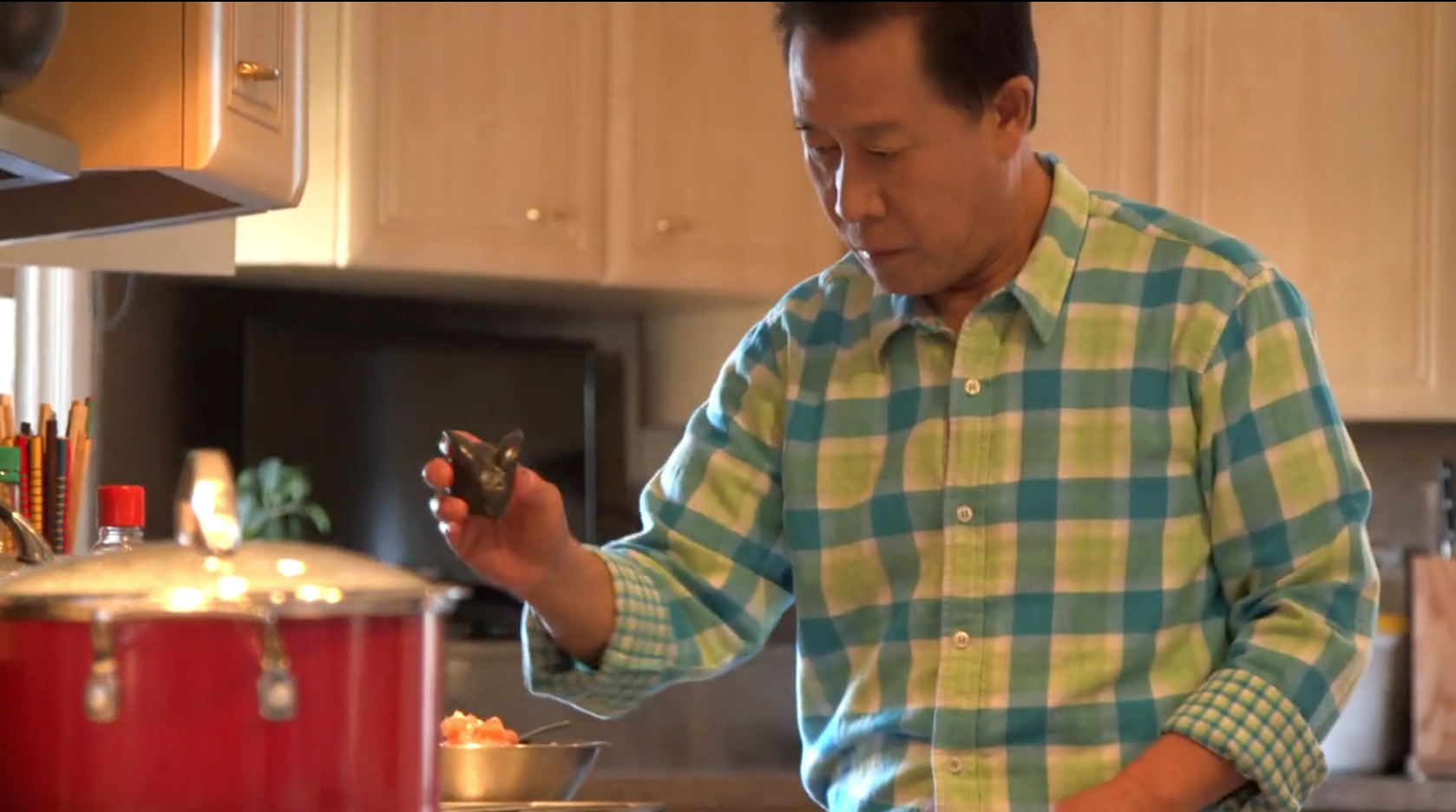My grandma was a medicine woman, a healer, and a shaman. Each Hmong New Year, the entire family came together to uphold our spiritual home, and appease the ancestral spirits. My grandma passed away in 2003.
It was late November or early December. It was not yet time for the American new year, but in different Hmong communities in the United States and around the world, families prepared feasts commemorating harvests passed. Among the Christmas-lit houses of South Robert Street on the west side of St. Paul, my Uncle Chue’s darkened house was the busiest.
Grandma was in every room. She looked in on us girls busy plucking chickens in the kitchen. She walked slowly down the basement stairs, a heavy hand on the railing to check in on the boys smashing sticky rice into mochi cakes so we could eat it dipped in dark molasses later. She sat at the banquet table in the dining room teaching the younger children how to fold gold and silver plated joss paper into boats, to be used as spirit money. She listened as the adults talked of the past and took short rests from the demands of the present. Grandma stood quietly behind Uncle Chue as he faced the night, the front door open, the cold of winter colliding with the heat of the house, calling in our spirit from the cold night, the old year, the disappointments and sicknesses of days passed so that we can enter in our ancestral homes, be among family, and regain strength and confidence for what is to come.
The television flickered. The adults sat in the living room with the youngest children in their arms. They watched Hmong production videos of visits back to Laos, footages of young men and women in plastic heels and dusty leather shoes standing on yellow earth, tossing balls, back and forth, some singing Hmong song poetry. They talked about the quality of the song poetry from the television, improvised lyrics of love and lost, stories told in rhymed sequence, nothing but the emotional catch and release of voice to create music, set rhythm, trigger tears, critiques and commentary. The New Year celebration gave the adults in my family a chance to sit down and rest away from hours along the assembly lines in the factory, the summers spent beneath the hot sun toiling over rows of cucumber, tomatoes, corns, the immediate work of preparing dinner or taking care of us individually. At New Year’s time, we got the opportunity to remember together.
The best part about celebrating the traditional Hmong New Year for me and many of my cousins, for my aunts and my uncles, was the pride it gave our grandmother. Her curly gray hair tied in the back with an old rubber band, she walked from room to room with her hands clasped loosely behind her back in her colorful polyester shirts and flowery skirts, giving gentle reprimands and reminders when she thought necessary.
Grandma said things like, “Dawb, make sure you remember to snip off the butt of the chicken before putting it in the pot.”

Grandma came up from the dark basement stairs with hands full of sticky rice, beatened to the texture of Japanese mochi balls , and offered up small pieces to each of us, “Have a taste, the boys have been working hard, but it is not perfectly smooth just yet.”
When Uncle Chue called in each of our names from the dark night, Grandma chimed in and said, “Los aws, los aws, me Kablia, me Xwm, me Dawb, me Nyiaj…come, enter, Kalia, Sue, Der, Nhia….” Her deep voice, called out in unison with Uncle Chue’s tirelessly to the night for the return of each of our spirits. While our bodies were safe and well inside, she worried about the whereabouts of our spirits, their different trajectories in the old year. Her presence and her voice wrapped us up in the blanket of her wisdom and her experience and made us feel safe and surrounded by her love.
When the boats of the children had been burned in old blackened pots saved for this expressed purpose and offered to the ancestors, the banquet table was pulled to the center of the room.
We laid out bowls of steaming chicken broth, the scent of lemon grass and other herbs, enriching the room with their reminders of health. In small Chinese bowls, we watched as spicy, finely chopped Thai chili pepper swam in a sea of lime juice and fish sauce, alongside small particles of cilantro and green onion. The freshly steamed rice sat in the biggest of the bowls at either ends of the table. Green mustard cooked simply in unseasoned bowling water waited for marriage with the chili sauce on large platters. In small serving plates, the chicken pieces sat glistening in their natural oils, pulled apart by heated hands, flecked with specks of black pepper and seasoned with salt.
We stood in solemn observation with Grandma at the fore as Uncle Chue called our ancestors to eat. Chinese spoons circled the table at different places for the spirits who governed our homes and kept us safe.
After the ancestors ate, we got our chance. There was no room at the crowded banquet table for all of us so only Grandma, the older men, and women sat on the folded chairs.
My plate balanced on my lap on top of a paper napkin, I savored the stringy pull of the chicken leg, its soft, slippery skin dripping with chili sauce, over my plate. I ate spoonfuls of rice soaked in chicken broth. Once my tummy was full and my hands sticky with food and stuck with fibers of the paper napkin I had tried to clean with, I watched my family.
I felt a sense of having come home, the satisfaction of knowing: this is where I belong; this is where my memories of family are made; this is how I hope to remember, for now and always, the celebrating of a traditional Hmong New Year in America.
Kao Kalia Yang is the author of The Latehomecomer: A Hmong Family Memoir (Coffee House Press, 2008). Yang has a B.A. from Carleton College and an M.F.A. from Columbia University in New York City. She is currently finishing up a memoir of her father’s life and Hmong song poetry titled Still, Fluttering Heart: The Second Album.
 This story is a part of Off the Menu: Asian America, a multimedia project between the Center for Asian American Media and KQED, featuring a one-hour PBS primetime special by award-winning filmmaker Grace Lee (American Revolutionary: The Evolution of Grace Lee Boggs), original stories and web content.
This story is a part of Off the Menu: Asian America, a multimedia project between the Center for Asian American Media and KQED, featuring a one-hour PBS primetime special by award-winning filmmaker Grace Lee (American Revolutionary: The Evolution of Grace Lee Boggs), original stories and web content.




